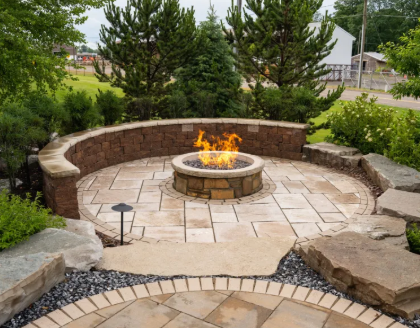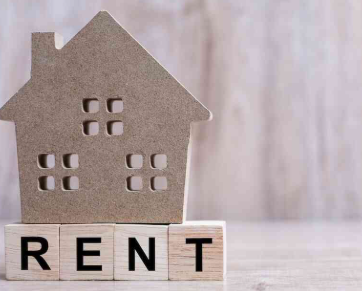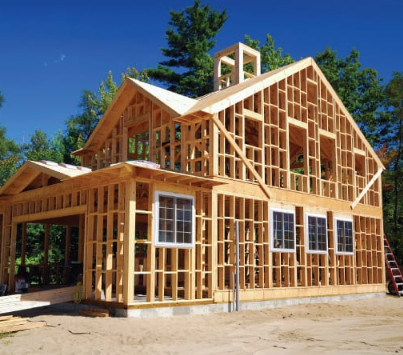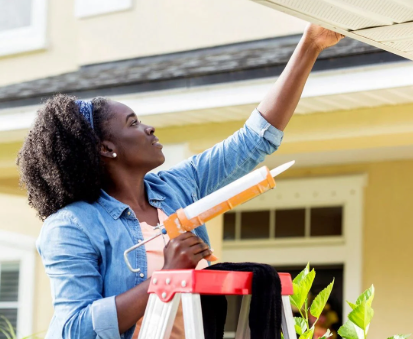Smart homes in the U.S. bring comfort, safety, and energy savings, making daily living easier, healthier, and more enjoyable.
In the United States, the term for smart living has shifted from “Home Automation” to the now widely recognized “Smart Home.” If you explore the history of smart home development in the U.S., you will find earlier terms like Digital Family, Home Net/Networks for Home, and Network Appliance. In the early days, home automation was nearly synonymous with smart homes. Today, however, automation is just one of its core parts. Many automation functions have merged into broader network technologies, while traditional standalone automation products are now rarely used. Instead, automation has become part of the wider home information network, acting as the control layer within today’s smart home systems.
Smart home integrators in the U.S. focus more on comfort, entertainment, health, sustainability, and safety rather than just automation features. The term Smart Home conveys warmth and human-centered living, making it more relatable than Home Automation. In this article, we highlight a streamlined smart home solution designed by a well-known U.S. smart home integrator, showcasing how different markets and cultures create unique approaches to “intelligent living.”
Simple and Comfortable Smart Home Solutions
Smart Bathroom Solutions
The bathroom is often overlooked in the domestic market, but in the U.S. it is a central focus. A smart bathroom emphasizes convenience, comfort, and eco-friendliness. For many users, the bathroom is the first place to relax after coming home, making it a critical space for intelligent care.Features include:
Water-saving systemsAdjustable height fixtures
Energy-saving modes
Smart temperature control
Flood alerts
Anti-scalding protection
Automated device integration
Fragrance options
Remote controls
Bathroom TV entertainment
Heated flooring
Smart scales
Smart Climate Control Solutions
Traditional heating and cooling systems are inefficient and often the biggest household energy cost. A smart thermostat system allows users to set monthly energy budgets, while the system automatically allocates usage.Unlike older systems that require manual adjustments, smart climate control responds to outdoor temperatures, increasing or reducing heating supply accordingly. Electronic geofencing delays pre-heating until you are close to home, while one-touch controls manage room-specific settings. Energy-saving modes can prioritize hot water during showers and adjust the rest of the home to ideal comfort afterward.
Key features include:
Integration with existing HVAC systemsRemote access
Wireless heating
Low-carbon modes
Room-by-room temperature control
Instant hot water systems
Geofencing automation
Smart Lighting Solutions
The more common use is a “turn off all lights” mode, but hidden intelligence shines in ambient light adjustment. Smart lighting maintains proper brightness depending on outdoor conditions. Stairways or hallways can be set to stay dimly lit for safety.
Lighting scenes are customizable:
Home/away modes
Movie viewing
Romantic dinners
Parties
Low-light comfort zones
Room-specific or multi-room controls
Voice-controlled brightness and color
Automatic Curtain Solutions
Perfect for heavy or hard-to-reach curtains, automated systems can adjust based on sunlight levels or timers. In movie mode, curtains close and lights dim automatically. Options include drapes, blinds, and other motorized styles.Fresh Air Solutions
Central heating in winter reduces air circulation, making homes stuffy, while traditional air conditioners in summer consume lots of power and often cause discomfort. Smart ventilation systems bring in fresh, filtered air while saving energy. They remove excess humidity in kitchens and bathrooms, prevent mold, and keep the air cool and quiet during hot weather.Smart Entertainment Systems for Modern Homes
Home theaters are now essential in U.S. smart homes. Pause a movie in the living room, then continue watching in the bedroom. Multi-room systems share video, surround sound, and music across spaces.Smart home theater systems can be installed anywhere, from attics to basements, offering 3D projectors, 4K playback, and even motion-synced recliners for immersive viewing. Noise insulation ensures comfort without disturbing other rooms.
Smart Networks and AV Integration
Internet connectivity underpins every smart home. Families can store data locally, share resources, and ensure efficient bandwidth use. Features include:High-speed internet
Remote backups
Secure personal networks
Remote media sharing
Smart home control integration
Parental controls
For AV, storage has shifted from CDs and DVDs to digital servers. Music and videos can be accessed anywhere—inside the home or remotely during travel—with high-quality sound and visuals. Smart systems also integrate with alarms, hidden speakers, and multi-user controls for seamless use.
Smart Health and Wellness Care
Smart homes also prioritize health:
Low-radiation wireless networks (timed Wi-Fi controls in kids’ rooms)
Anti-mold and humidity control
Non-contact faucets and toilets for infection control
Smart wearables for real-time health monitoring, with data shared to doctors or community clinics
This ensures families enjoy healthier living with less risk from hidden hazards.
Sustainability and Eco-Friendly Design
As a high-consumption nation, the U.S. emphasizes balancing comfort with environmental care. With smart grids, homes can feed excess power back to the grid, adjusting energy use during peak and off-peak hours.Smart homes encourage:
Efficient water, gas, and power use
Microgrids for localized power
Renewable sources like solar, wind, or hydropower, depending on the environment
Smart Security as the Final Layer
In the U.S., security is placed last in the hierarchy: comfort, entertainment, health, sustainability, then safety. Security focuses on family interaction and communication—ensuring members feel safe with each other—while also including external surveillance.Features include:
Customizable control interfaces
Two-way audio and video intercoms
CCTV with privacy safeguards
Voice reminders (e.g., medication schedules)
This makes smart security both protective and supportive of daily well-being.





